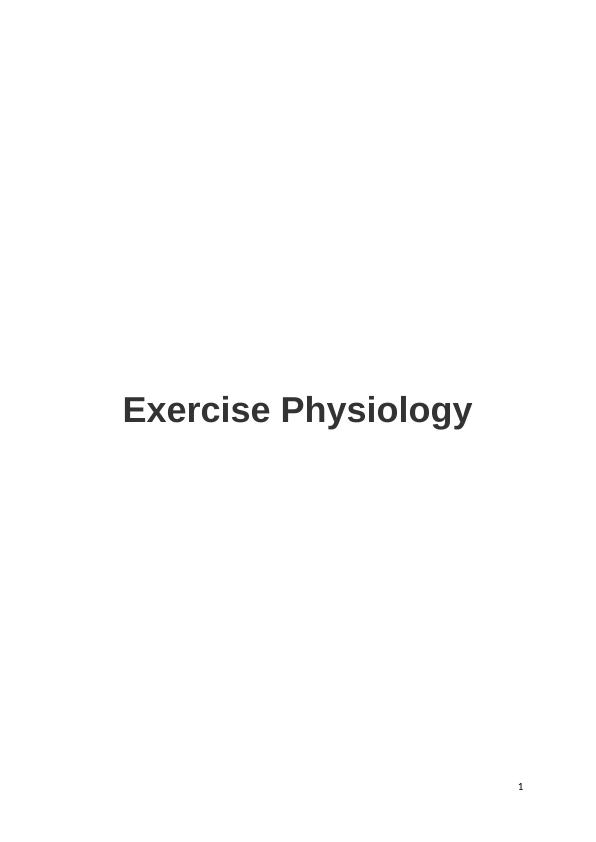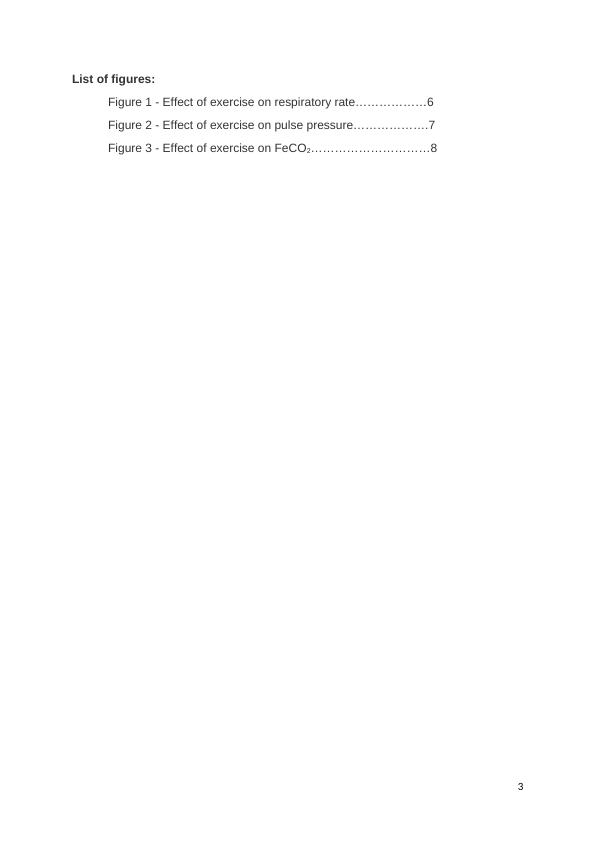Ask a question from expert
Exercise Physiology Assignment PDF
14 Pages2790 Words60 Views
Added on 2021-11-19
Exercise Physiology Assignment PDF
Added on 2021-11-19
BookmarkShareRelated Documents
End of preview
Want to access all the pages? Upload your documents or become a member.
Effect of short-term exercise on cardiovascular, respiratory and muscular systems
|12
|2808
|171
Effect of Upper and Lower Extremity Exercise on Blood Pressure of Healthy Male Adults
|5
|1360
|255
Blood Pressure: Effects of Posture on Arterial Blood Pressure
|7
|1332
|57
Assessment of Cardiovascular and Respiratory Response During Aerobic Exercises
|10
|2316
|146
Case Study on Pathogenesis of Clinical Manifestations, Nursing Strategies and Mechanism of Two Drugs for Heart Failure Patient
|9
|2179
|269
Physiology Report Baroreceptors
|8
|1668
|197



